- Shop All Documents + Bundles
- FORS V7.1 Document Bundle | Bronze (15 Policies)
- Transport Manager Compliance Pack (10 Policies)
- Transport Manager Compliance Pack (6 Policies)
- Health & Safety Policy Template
- Fuel, Emissions And Air Policy Template
- Operational Security Policy Template
- Serviceability And Roadworthiness Policy Template
- Road Traffic Collision Policy Template
- Counter Terrorism Policy Template
- Load Safety Policy Template
- Vehicle Routing And Scheduling Policy Template
- Driving Standards Policy Template
- Driving Hours Policy Template
- In Cab Technology Policy Template
- Passenger Safety Policy Template
- Complaints And Grievances Policy Template
- Drug And Alcohol Management Policy Template
- Hazard And Risk Identification Policy Template
- VOR (Vehicle Off Road) Policy Template
- Tyre + Wheel Policy Template
- Health & Eyesight Policy Template
- Transport Infringement Policy Template
- Walk Around Check (Defect Check) Tool Box Talk Template
- Transport Manager CV Template
- Social Media Policy Template
- Transport Manager Contract Template
- External Transport Manager Contract Template
- Driver Handbook
What challenges will the haulage industry face in 2023?

Haulage Industry Challenges 2023
2022 presented itself as another highly challenging year for the UK road haulage network. Record high fuel prices added further crippling costs to the already beleaguered industry that was recovering from Covid and Brexit restrictions. In this article we look forward to the main points that may challenge the industry as we head into 2023
Fuel price instability
The average price of fuel has dropped from an eyewatering average of 199.07ppl in July 2022 to 174.54ppl which represents a 12% decrease. For fleets running moderate to large fleets, this is a significant cost variance, but what will the prices do in 2023?
When we look at what drives fuel prices it is important to understand why the cost are so variable. Simply speaking, the cost of a fuel is representative of the global cost of a barrel of oil. Therefore, any global events can have a negative effect in driving oil prices. In 2022 we saw the war in Ukraine have a noticeable effect on overall energy prices.
Forecasts for 2023 show that Oil Marketing Companies are indicating significant price reductions in the first week of January – however, volatility will remain which will continue to leave fleets finding it difficult to forecast their fuel costs for 2023.
Availability of vehicle stock
The previous 2 years have provided a perfect storm for availability of vehicle stock. With various lockdowns almost halting both vehicle and part production across global manufacturing locations. This has had a number of consequences for fleet decision makers. With new stock availability severely limited, fleets have either turned to the used market or invested in refurbishment of existing stock. The used market as reacted to changes in supply and demand by inevitably increasing prices. The same has been reflected in the parts market, with some prices increased by as much as 23%
Looking towards 2023, the limited supply of vehicles has diminished somewhat but may present a significant hurdle. Manufacturers have reacted with the supply of new vehicles to bring levels close to what it was pre-pandemic. Nevertheless, it may have caused a shift change in how operators manage and think about fleet renewal.
Environmental & safety restrictions
With a number of large UK city’s already levying a charge for entering, many hauliers face getting caught out by newly enforced restrictions. Although this has been in place in London for several years, some smaller cities such as Bradford, Newcastle & Liverpool are set to impose emissions charges for certain vehicles within set boundaries for 2023. Although many new Euro 6 compliant vehicles are exempt, it may be the smaller and specialist transport companies running older vehicles who may face increased costs. For them only 2 options will be available. Upgrade to a newer Euro 6 engine vehicle or pay the charge. It these circumstances they may find it difficult to pass costs onto customers and may end up absorbing such charges if there are no option to capital invest in newer vehicles.
Similarly, London recently introduced the Lorry safety scheme. Most will be familiar with the requirement to fit vehicles with N/S bind spot cameras and alarms to improve safety for Vulnerable Road Users (VRU’s) Failure to do this represents a potential fine of up to £500 for each visit. There may then be a trend for some mid-sized cities to follow in London’s footsteps. For those not already equipped this would, depending on fleet size would represent a significant investment. Some camera systems can cost in excess of £2000 per vehicle.
Economic slow down
With the UK in a technical recession, some slowdown of the economy is inevitable. Even though the industry remained resilient during the Covid pandemic any external economic influences may still have an impact. Alongside inflation however it is likely things will improve in the mid term with forecasters indicating the UK recession will be generally mild and inflation will drop markedly. In the short term however, this may impact lending / financing rates which may see hauliers putting off making capital purchases until at least the 3rd quarter of 2023.
Further to this companies may see issues and changed in available cash flow. With many companies holding onto cash longer, the pain may be felt further down the supply chains.
In conclusion
2022 was a difficult year. There are a number of potential hurdles for the coming year. Hopefully with a reduction in inflation & fuel costs, the industry will see some positive growth.

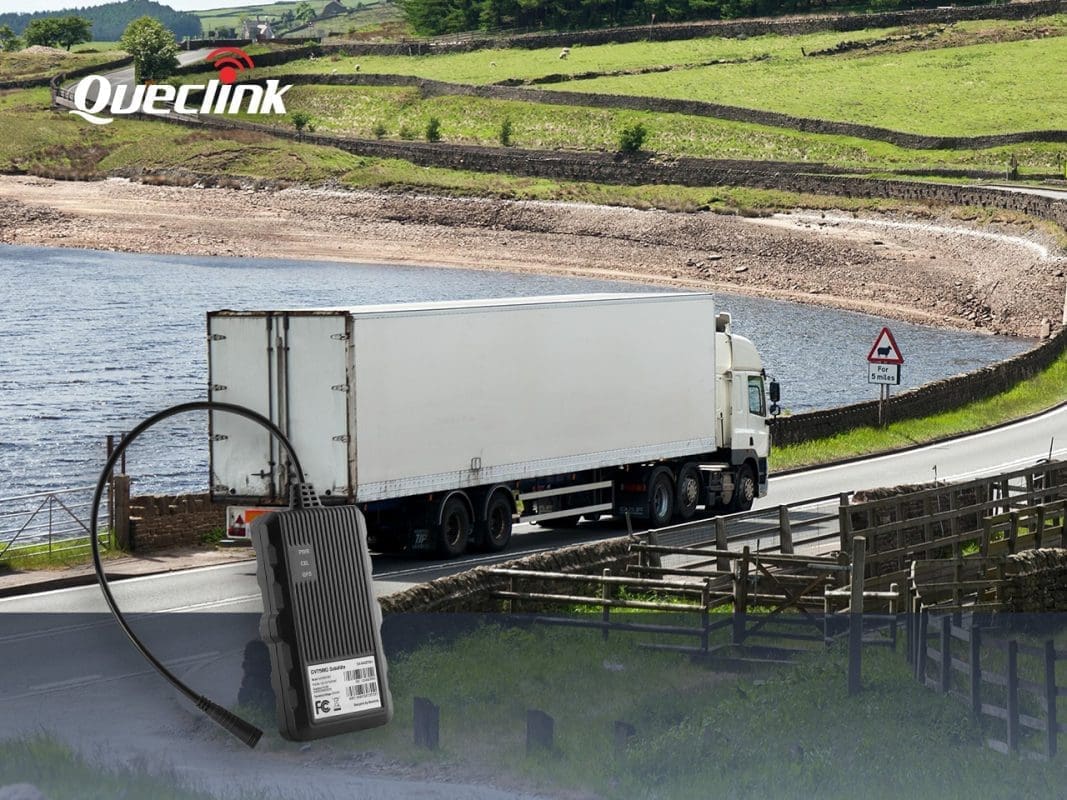



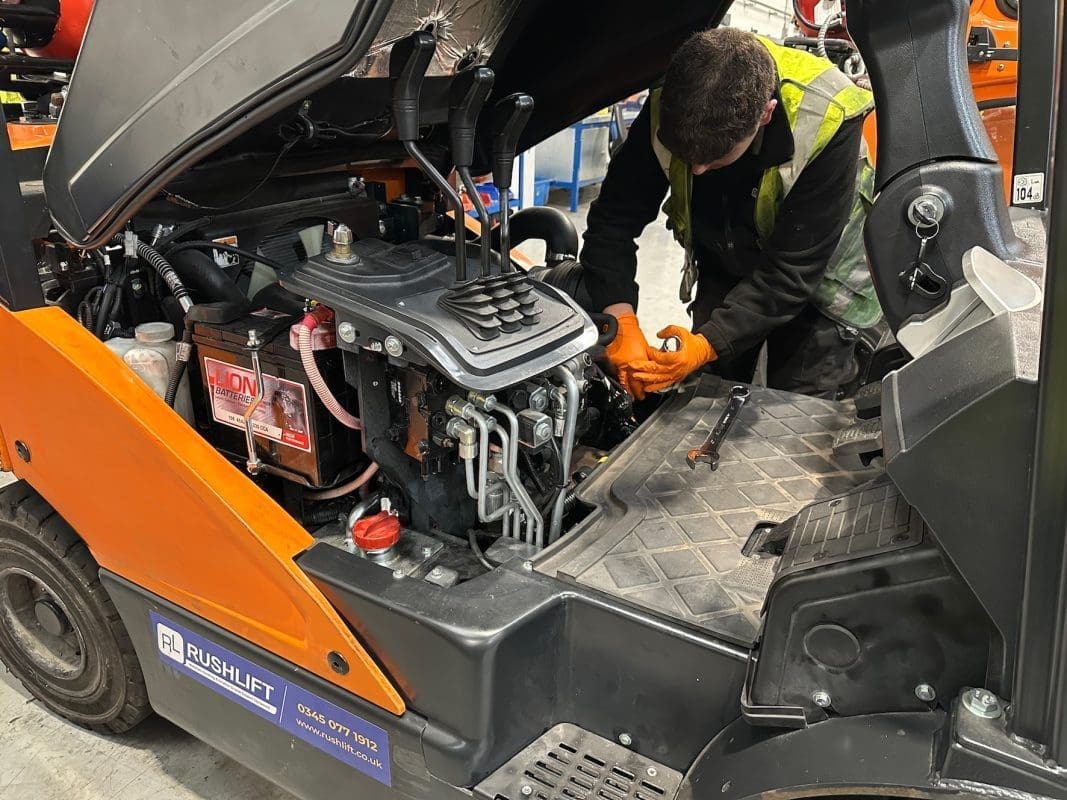

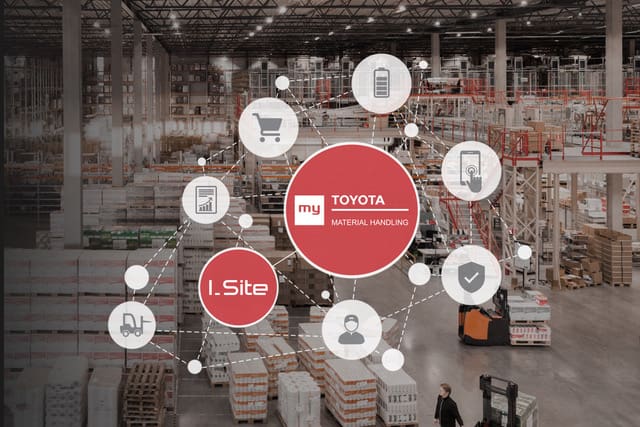

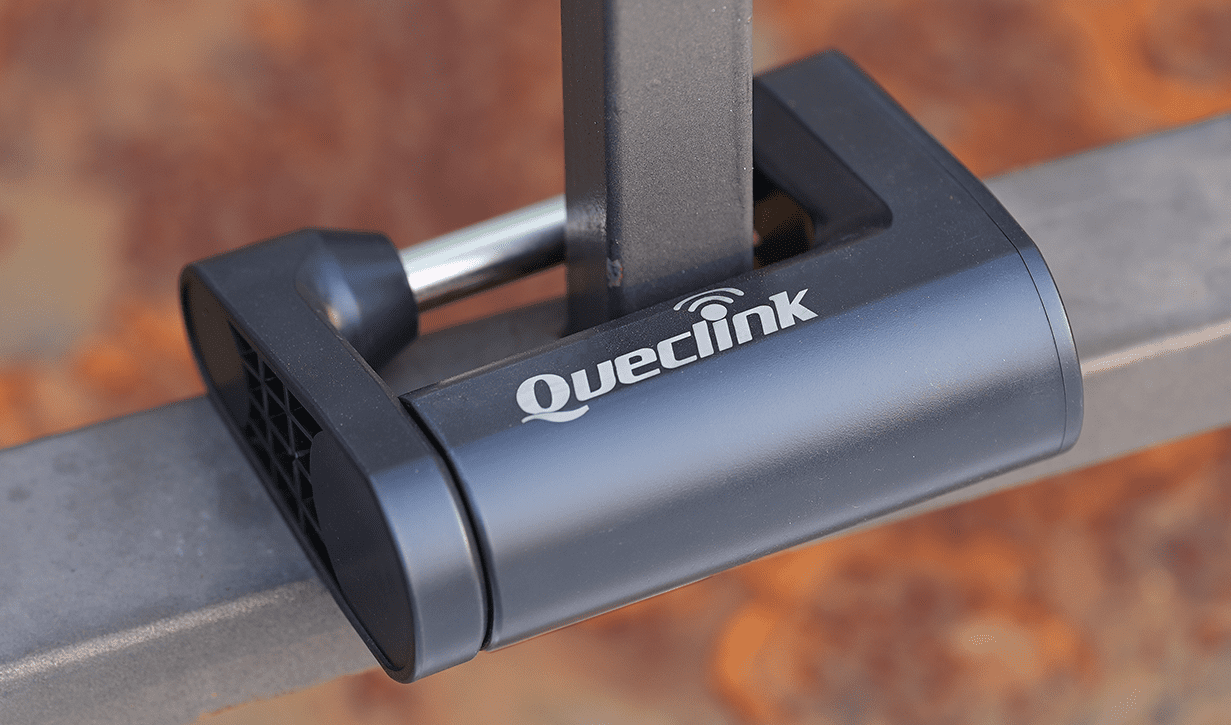

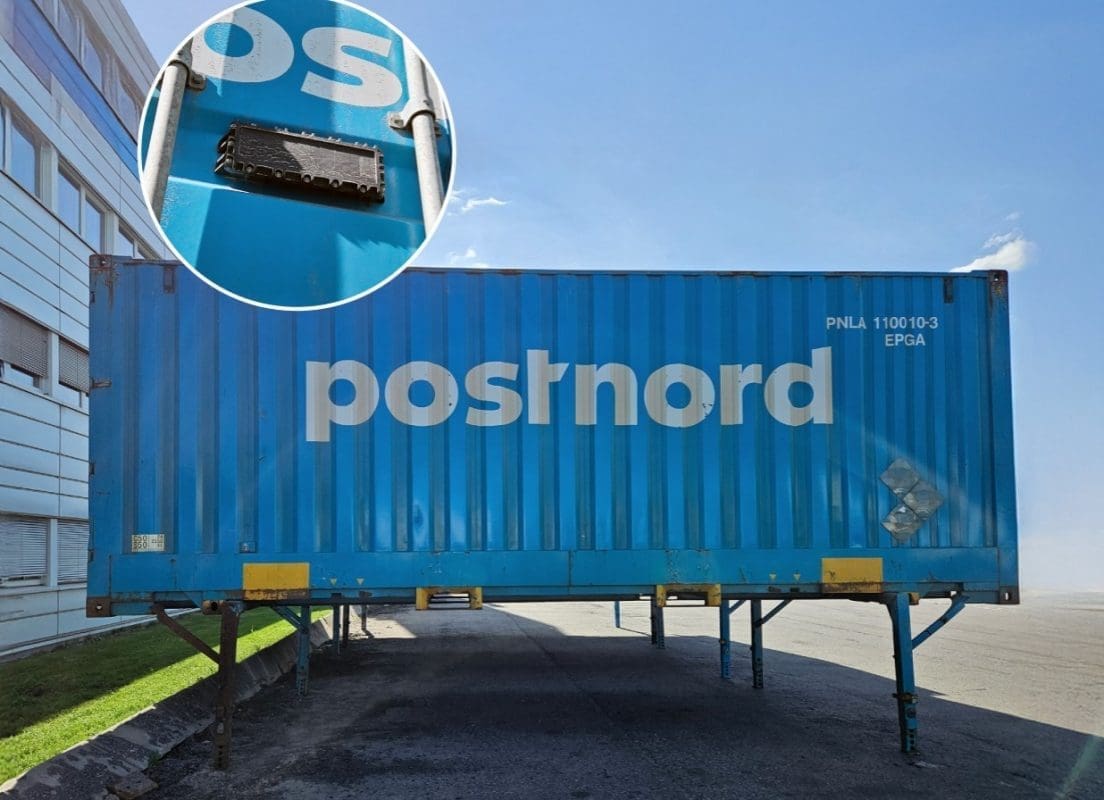
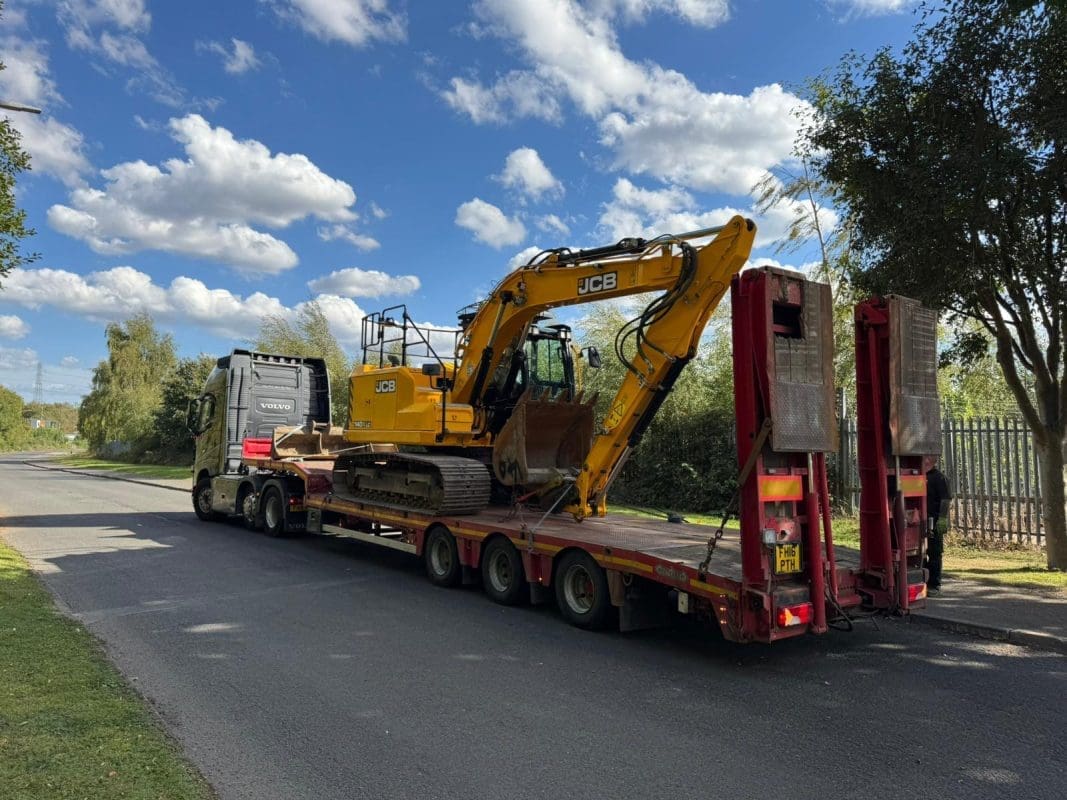
One thought on “What challenges will the haulage industry face in 2023?”
Comments are closed.